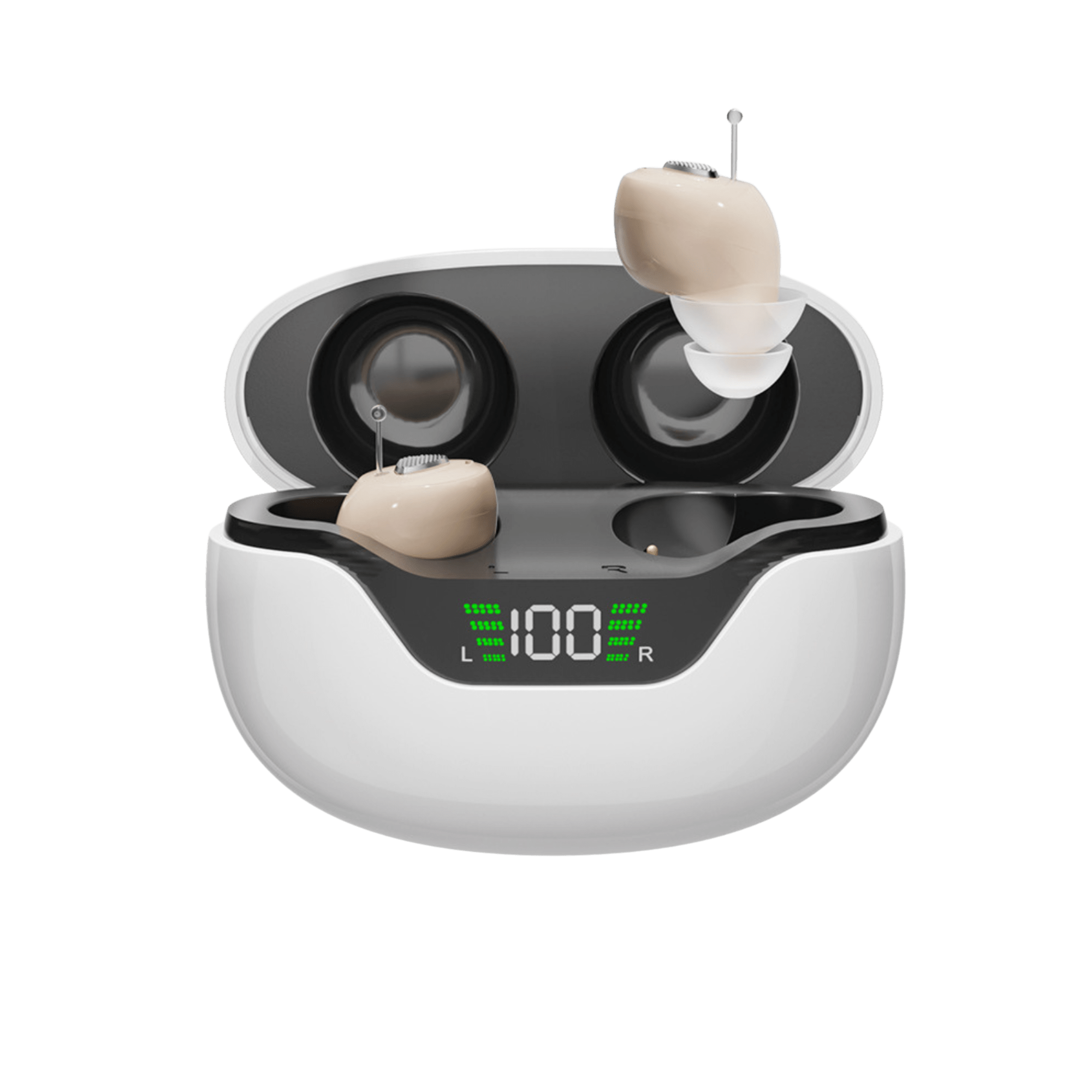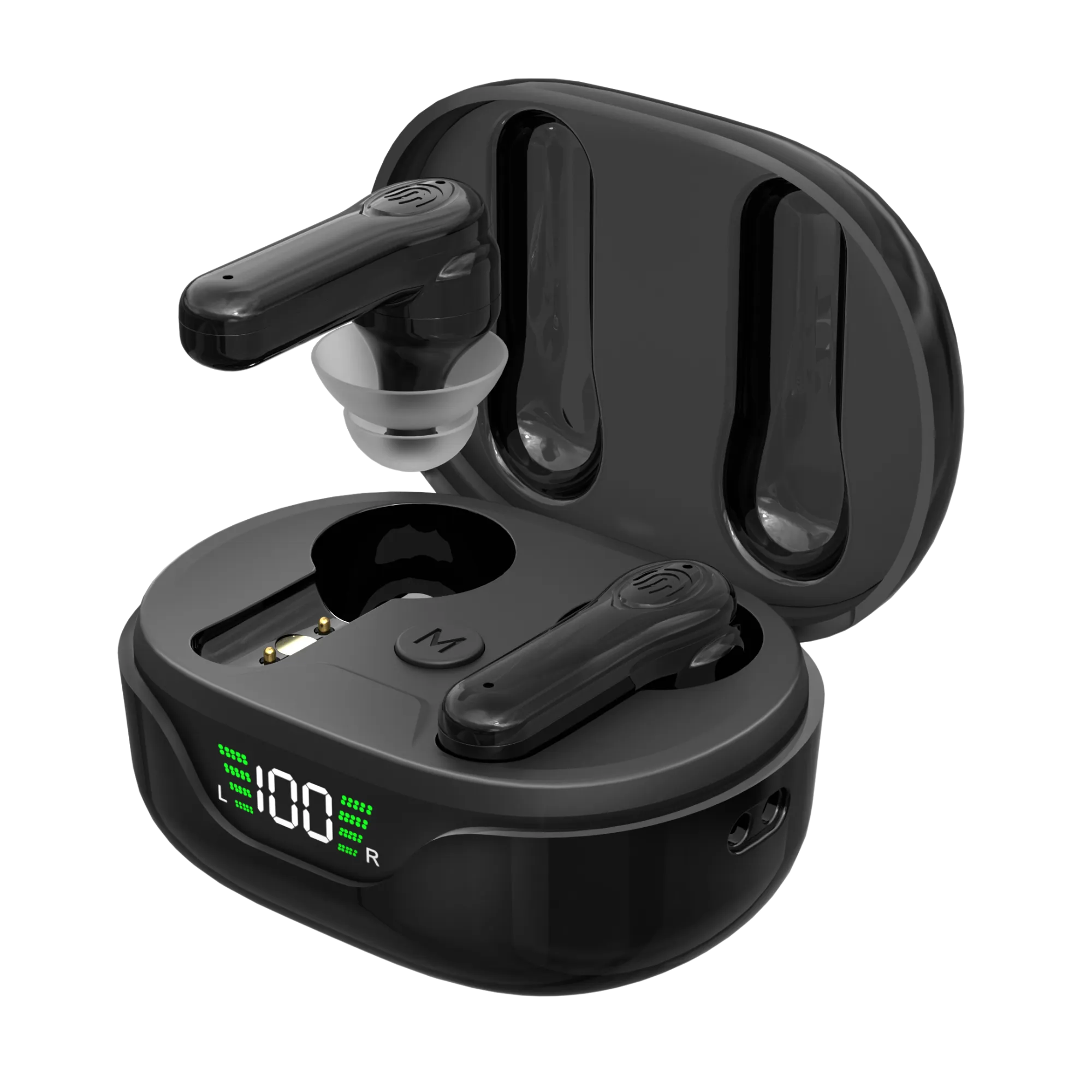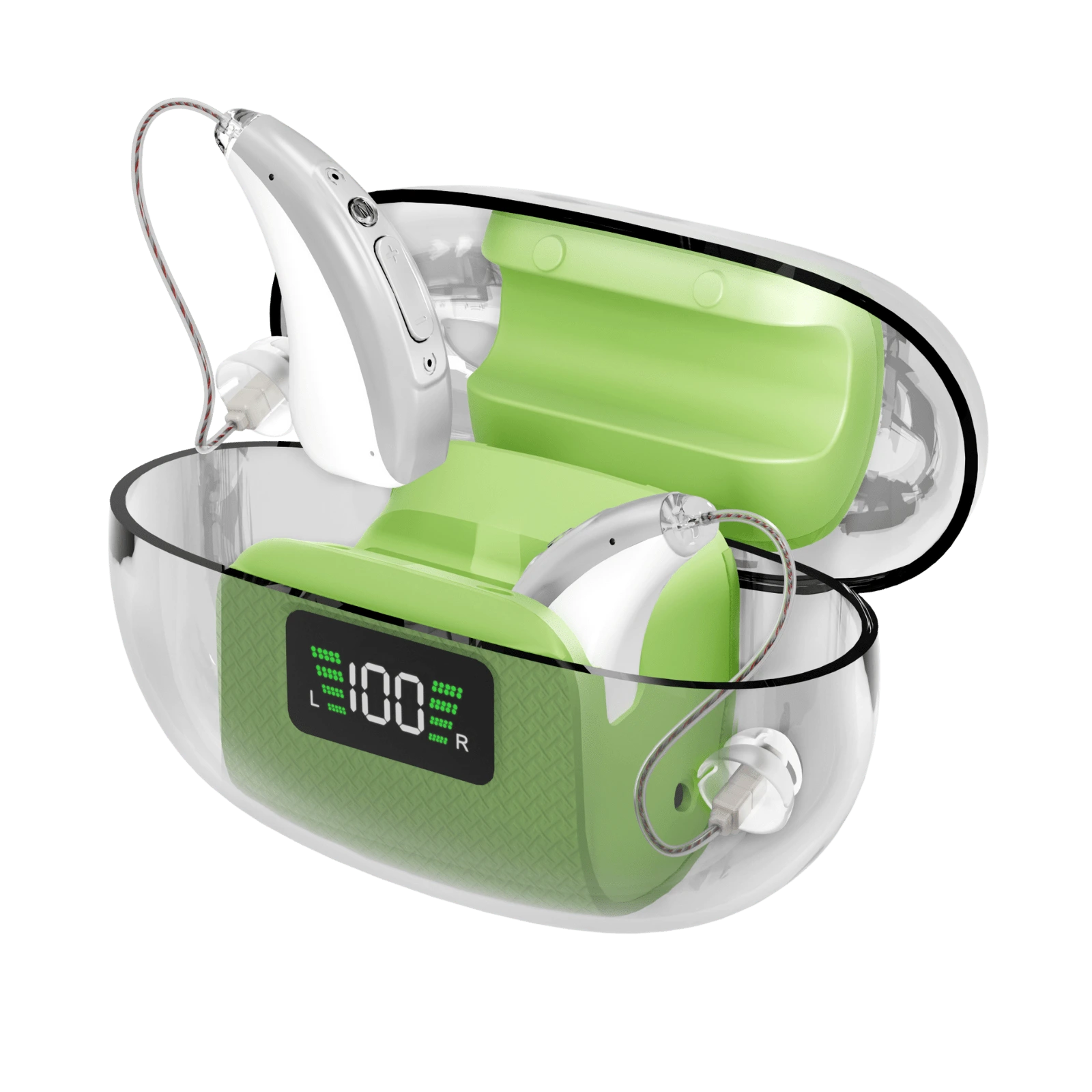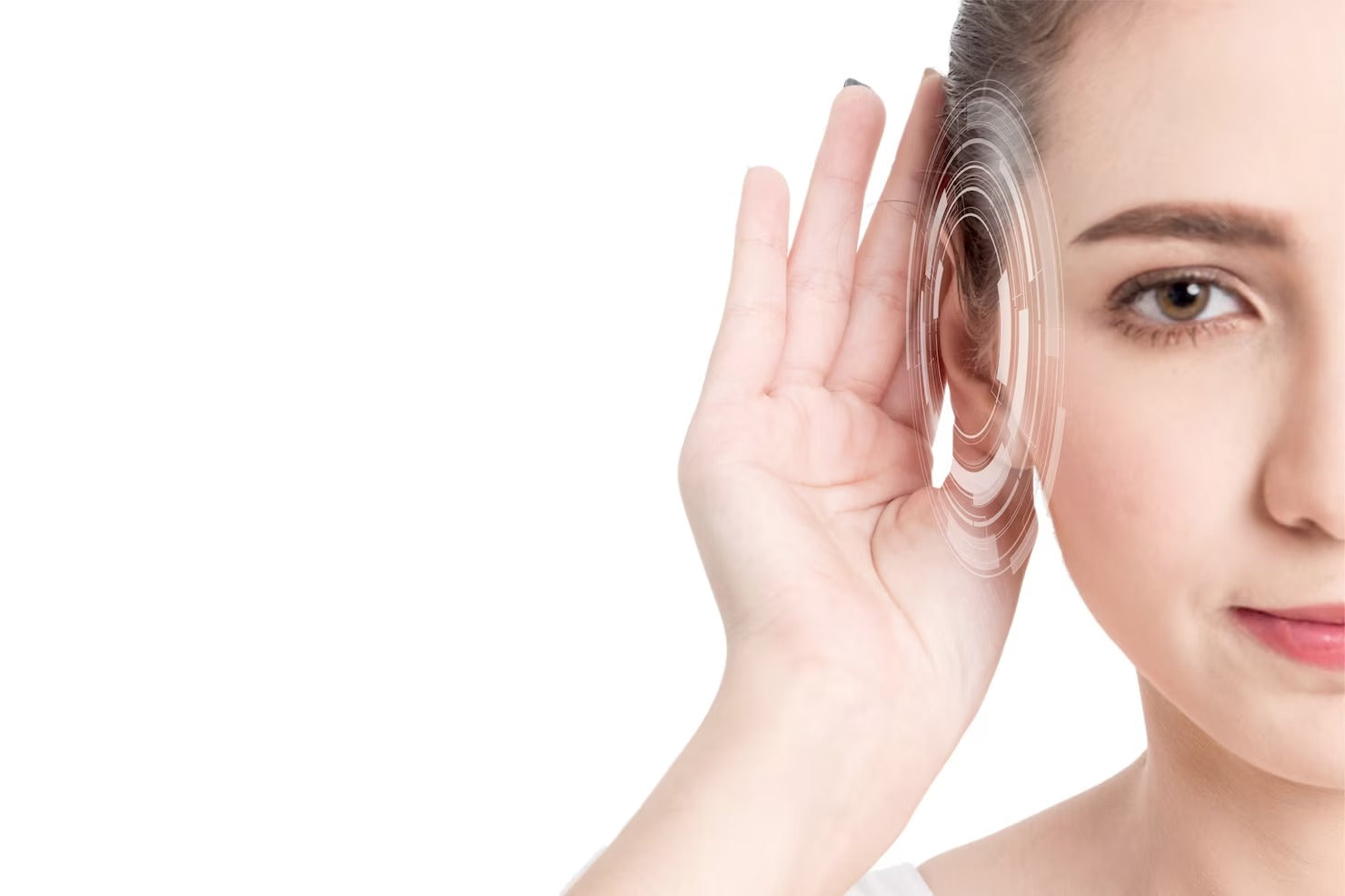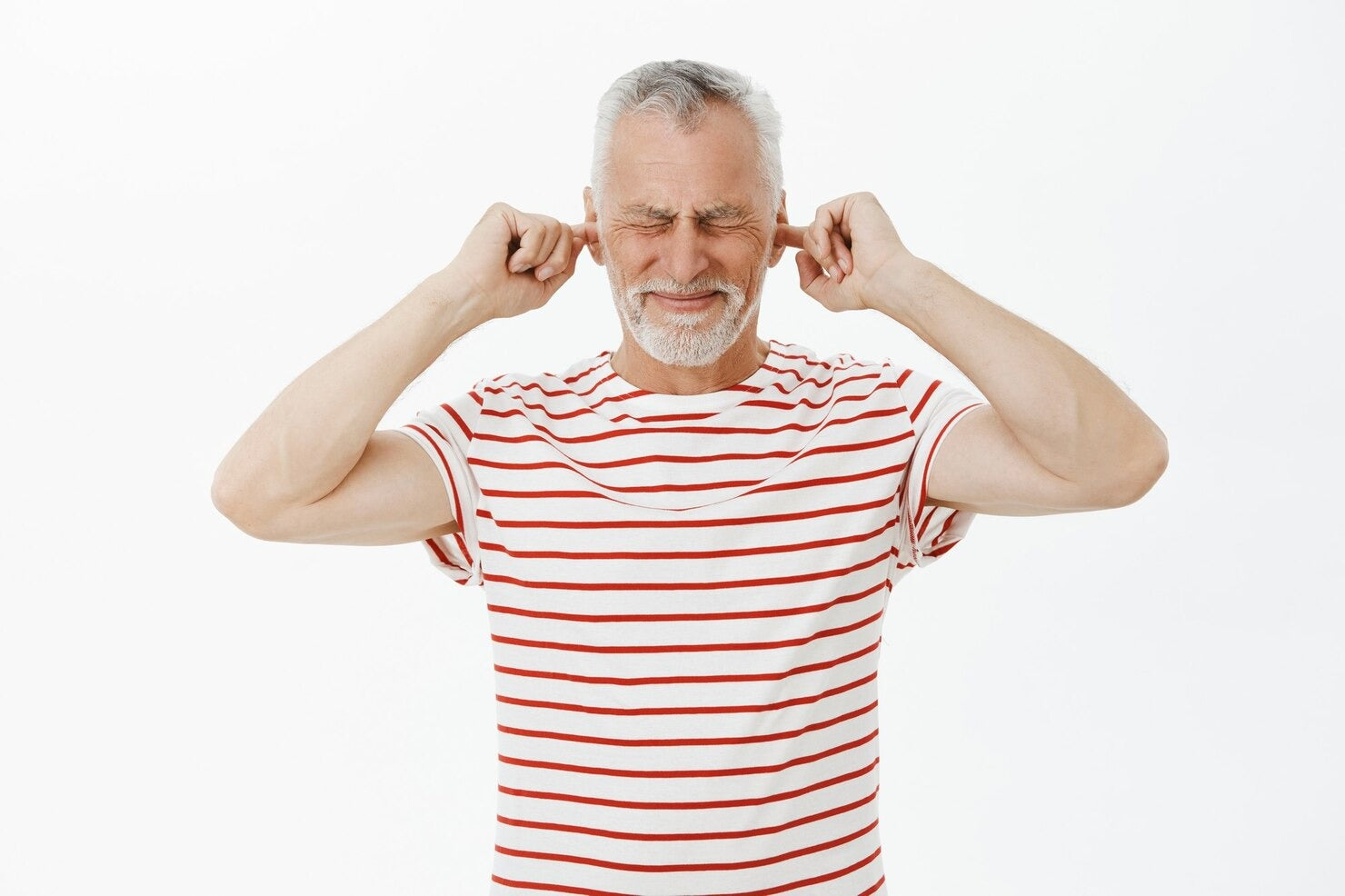Hearing aids today are complex digital devices that combine multiple technologies to improve not just loudness but the quality and comfort of hearing. Four of the most important features shaping the modern hearing experience are Bluetooth, battery optimization, sound quality, and noise cancellation. Together, they determine how well hearing aids fit into daily life.
1. Bluetooth: Connecting Hearing Aids to the Digital World
What It DoesBluetooth allows hearing aids to wirelessly connect to smartphones, televisions, tablets, and even computers. Instead of relying solely on microphones, users can stream sound directly into their ears with minimal distortion.
How It Helps in Daily Life
-
Example: Mary, age 62, enjoys audiobooks but often struggled to follow them through speakers. With Bluetooth-enabled hearing aids, she streams books directly from her phone. She now listens comfortably during walks and no longer misses details.
-
Example: James, a professional in his 40s, uses his hearing aids to take work calls. He doesn't need separate earbuds-his hearing aids double as a headset, making conference calls clearer.
Why It MattersBluetooth transforms hearing aids from a medical device into part of a user's digital lifestyle, making it easier to stay connected and independent.
2. Battery Optimization: Maximizing Power Efficiency
What It DoesBattery optimization refers to rechargeable systems and intelligent energy management that extend usage time and reduce interruptions.
How It Helps in Daily Life
-
Example: Carlos, a frequent traveler, used to carry packs of disposable batteries in case his hearing aids died mid-flight. With rechargeable aids that last over 20 hours, he now charges them overnight and enjoys worry-free use all day-even on long trips.
-
Example: Sophia, age 75, appreciates that her hearing aid charging case provides backup power. Even if she forgets to plug in her devices for a night, she still has several days of listening stored in the case.
Why It MattersLonger battery life means fewer interruptions, less anxiety about running out of power, and reduced environmental waste from disposable batteries.
3. Sound Quality: Clarity Beyond Amplification
What It DoesSound quality is determined by how accurately and naturally hearing aids reproduce sound. Advanced processors analyze and adjust sound across different frequencies to match the user's hearing profile.
How It Helps in Daily Life
-
Example: Anne, a retired musician, struggled with distortion when listening to her grandchildren play instruments. With multi-channel digital processing, she now hears the full range of notes more naturally, restoring her enjoyment of music.
-
Example: David, who has moderate hearing loss, found that crowded rooms made conversations exhausting. His new hearing aids separate voices from background noise, allowing him to follow discussions without strain.
Why It MattersHigh-quality sound isn't just louder-it is clearer, more natural, and less fatiguing, which helps users engage more fully in conversations and activities.
4. Noise Cancellation: Filtering What Matters Most
What It DoesNoise cancellation reduces unwanted background sounds while enhancing important ones, such as speech. It uses algorithms, directional microphones, and environment detection to adapt automatically.
How It Helps in Daily Life
-
Example: Linda, age 68, enjoys dining out but used to avoid busy restaurants. With adaptive noise cancellation, her hearing aids focus on the voice of the person across from her, reducing clattering dishes and background chatter.
-
Example: Peter, who lives in a windy coastal town, struggled with outdoor conversations. Noise reduction technology now cuts wind noise, allowing him to talk comfortably during walks.
Why It MattersBy reducing distractions, noise cancellation helps people stay engaged in conversations and enjoy social events without constantly adjusting their devices.
Conclusion
Modern hearing aids are more than amplification tools. They are intelligent systems designed to make listening more natural, effortless, and adaptable.
-
Bluetooth integrates hearing aids with phones, TVs, and other devices.
-
Battery optimization ensures all-day power and peace of mind.
-
Sound quality delivers clear, natural audio across situations.
-
Noise cancellation allows users to focus on what matters most.
These features together mean that hearing aids not only restore hearing but also improve quality of life by supporting communication, independence, and social engagement.
Frequently Asked Questions (FAQ)
1. Do all hearing aids have Bluetooth?No. Bluetooth is common in mid-range and premium hearing aids but not universal. Entry-level models may not include it.
2. How long do rechargeable hearing aid batteries last?Most modern rechargeable hearing aids last 18-24 hours per charge. The batteries themselves usually last 3-5 years before replacement is needed.
3. Can noise cancellation block all background sounds?No. Hearing aids are designed to reduce distracting noise, not remove it completely. This allows important environmental cues-like alarms or traffic-to remain audible.
4. What affects sound quality in hearing aids?Factors include the number of processing channels, microphone design, and how well the device is programmed to match the user's hearing profile.
5. Are rechargeable batteries better than disposable ones?Rechargeable batteries are more convenient and eco-friendly, while disposable batteries may still be preferred by people who don't want to recharge daily.

